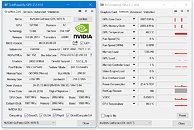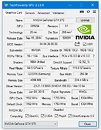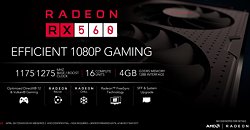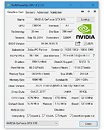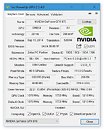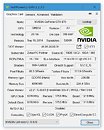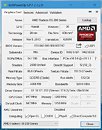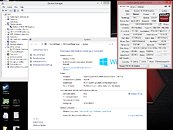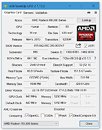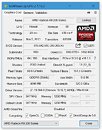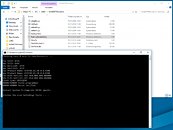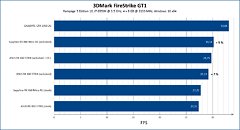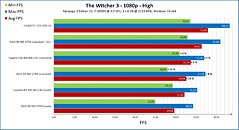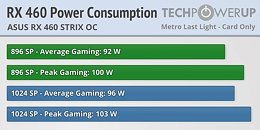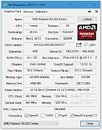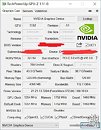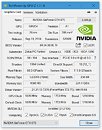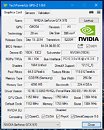TechPowerUp today released a major update to GPU-Z, our graphics sub-system information, monitoring, and diagnostic utility that no PC enthusiast can leave home without. Version 2.10.0 introduces a slew of changes. To begin with, we have added CPU temperature monitoring, supported on all Intel processors 2nd generation Core and newer; and AMD Ryzen. The graph drawing code for the "Sensors" tab has been improved for faster rendering and reduced CPU usage. The "Reset" button in this tab can be used to clear all graphs with a click. Various under the hood improvements work to avoid error messages with Query External. GPU-Z now reports Override limits on the ATI/AMD BIOS Advanced view page.
Support has been added for the GDDR6 memory type. Among the new GPUs supported are AMD Vega M GH, Vega M GL, WX 4130, WX 4150, WX 8100, Radeon Pro Vega 56, Pro SSG; AMD Vega Graphics in Ryzen 3 2200U, Ryzen 3 2300U, Ryzen 3 Pro 2200GE, Ryzen 5 2400GE, Ryzen 7 2400U; Intel UHD 605, UHD 610, UHD 630, P580; NVIDIA GeForce GTX 1060 6 GB, GTX 1050 3 GB, GTX 1050 2 GB (GP106), GTX 1050 Ti Max-Q, MX110, MX130, GTX 750 Ti (GM107B); Quadro GV100, P600 Mobile, P620, P2000, P3200, P4200, Grid M3-3020; and Tesla V100, V100-PCIE-32GB, M4, P106-090, P5200, P6, P40, P100 SXM2, P100 PCIe 12 GB.
DOWNLOAD: TechPowerUp GPU-Z 2.10.0
The change-log follows.






